Are you looking for help to make sure your business is compliant with Local Law 84 (LL84)? Vert Energy Group has the expertise, skills, and resources to ensure that you are in compliance with this crucial legislation. With years of experience in energy efficiency consulting and project management, we understand how LL84 works and what it requires.
We can work closely with you so that your business meets all the requirements, from building-wide analyses to designing custom solutions -rest assured, our team will walk you through every step! Moreover, we promise a professional but friendly attitude toward getting the job done properly and on time. Read on to learn more about how Vert Energy Group can assist your building in making sure it complies with LL84.
What is Local Law 84?
Local Law 84 (LL84) is a tool that can help energy and water-conscious organizations reduce their energy usage. LL84 requires the city’s largest businesses to track energy and water consumption in order to identify potential energy savings opportunities through an energy audit.
These energy audits provide businesses with an opportunity to optimize energy usage, improve energy efficiency, and ultimately lower energy bills. Allowing companies to be more sustainable and resourceful with their energy solutions, LL84 helps create a brighter and greener future for us all.
How to Comply with Local Law 84?
Locals Law 84, otherwise known as the New York City energy conservation law, requires building owners of existing buildings to track energy consumption data and submit it in an energy benchmark report every other year. This helps to hold property owners accountable and encourages a decrease in energy usage within their respective properties.
Property owners need to assess energy use according to the US Environmental Protection Agency’s Portfolio Manager tool, and from there take steps to optimize energy performance. Energy benchmarking easily aids building owners in making energy decisions and helps keep New York City green.
How Vert Energy Group can help to comply with LL84

New York City’s world-renowned Local Law 84 requires building owners to report their energy performance rate annually using a benchmarking tool, with the aim of reducing existing building emissions by 80% by 2050. This is no small feat, yet the Vert Energy Group can help make the journey easier. Our team of experts provide services such as analyzing energy usage data, making recommendations for savings and enhancements, and even help to implement energy efficiency solutions.
With an established track record of success, the company can deploy a tailored strategy to move your buildings up to defined LL84 standards. From equipment replacements and tenant engagement programs to installing smart sensors and developing efficient operating protocols, the Vert Energy Group can give you key assistance at every step of the process.
What are Requirements for Local Law 84?
Local Law 84 is a critical existing energy law in the country. Requiring all existing buildings bigger than 50,000 square feet to report their energy and water usage data each year, it acts as an important measure for reducing emissions. While businesses have many options to choose from, most local authorities and general contractors chose to use Energy Star Portfolio Manager to meet Local Law 84 requirements.
Moreover, buildings that are able to display significant reductions in their energy and water usage can even become Energy Star certified – demonstrating their commitment to sustainability as well as helping them save on operational costs. Meeting the requirements of Local Law 84 is essential for ensuring an efficient future while continuing to drive progress towards cleaner environment.
Benefits of Local Law 84
Here are the benefits of Local Law 84:
Improved Building Energy Efficiency
LL84 helps buildings to become more energy efficient due to the benchmarking and mandatory disclosure of building energy performance data. This encourages landlords and building owners to invest in energy efficiency upgrades that can save money over time and reduce their carbon footprint.
Reduced Operating Costs
By making buildings more energy efficient, LL84 can help reduce the operating costs of a building. This is especially important for multifamily buildings where tenants are often responsible for paying their own utilities and other operating costs.
Increased Property Value
Buildings that have improved their energy efficiency through LL84 will typically be worth more than those without the improvements. This is because energy efficient buildings tend to have lower operating costs and attract more tenants, leading to a higher potential return on investment.
Improved Health and Safety
LL84 encourages building owners and landlords to upgrade their buildings with the latest safety features like smoke detectors, fire alarms, and carbon monoxide detectors which can keep occupants safe.
Increased Tenant Satisfaction
Improved energy efficiency and added safety features can lead to happier tenants. This means a better living experience for those in the building, as well as greater tenant retention which can be beneficial for landlords and owners.
Reduced Carbon Footprint
By encouraging buildings to become more energy efficient, LL84 helps to reduce the overall carbon footprint of the city. This is especially important in urban areas, where buildings account for a significant portion of emissions.
These are just a few of the benefits that LL84 can provide to both building owners and tenants alike. By taking measures to improve energy efficiency, landlords will be able to save money on operating costs while providing their tenants with a safer and more comfortable living environment. By reducing the city’s carbon footprint, LL84 can also help to contribute to a healthier planet. Overall, it is an important step forward in improving building performance and energy efficiency in the city.
Step-By-Step Guide to Local Law 84
Knowing exactly how to use Local Law 84 can be complicated. Fortunately, following these simple steps can help any organization easily adhere to energy performance monitoring and energy star certification standards. First, you’ll want to determine your facility’s baseline energy usage. This information is the basis for comparing energy efficiency improvements over time.
Second, record energy use data at least annually. If auditing or submetering technology is available, it should be used in situations where energy consumption varies significantly between tenants or areas of the building. Third, calculate energy-use intensity that is consistent with energy star guidelines and track progress with a benchmarking energy envelope each year.
Finally, publish energy performance information in annual reports or other public documents and submit results to energy star for energy star certification annually. By following these four steps, your organization can easily stay on top of Local Law 84 compliance and lead the way in creating a cleaner future.
Things To Consider When Complying with LL84

When complying with Local Law 84, the benchmarking requirements for energy and water consumption, there are a few things that should be considered.
1. Get Professional Assessment: A professional assessment of your property’s Energy Star score is important in order to understand how much energy it uses and what improvements can be made to make it more efficient. This can help you identify areas where energy savings can be made, so that you meet or exceed the benchmarking requirements of Local Law 84.
2. Establish A Baseline: Establishing a baseline for your property’s energy and water usage is also important in order to measure progress over time. By tracking these metrics, you can ensure that your property is complying with the requirements of Local Law 84.
3. Investigate Potential Savings: Once a baseline has been established, it’s important to investigate potential energy and water savings through upgrades or changes in operations. These could include switching to LED lighting, installing insulation, retrofitting older appliances and fixtures, and more.
4. Take Advantage of Incentives: There are a number of incentives available to help offset the cost of energy-efficiency improvements, such as tax credits and federal grants. Taking advantage of these incentives can help you meet your benchmarking requirements while also saving money in the long run.
5. Monitor Usage: Finally, monitoring your energy and water usage on an ongoing basis is essential in order to ensure that you are meeting the requirements of Local Law 84. By regularly tracking your property’s consumption, you can make changes or improvements as needed to stay within the guidelines.
These are just a few of the considerations when it comes to complying with Local Law 84’s benchmarking requirements. With a bit of planning and research, your property can become more efficient, saving you money in the long run.
Conclusion
Local Law 84 is a lot to take in, but thankfully, you don’t have to go through it alone. The team at vert energy group has the experience and knowledge needed to help you comply with the law and upgrade your buildings. We want to help you make your property more sustainable, so don’t hesitate to reach out to us for more information about how we can help you potentially save money and conserve energy.




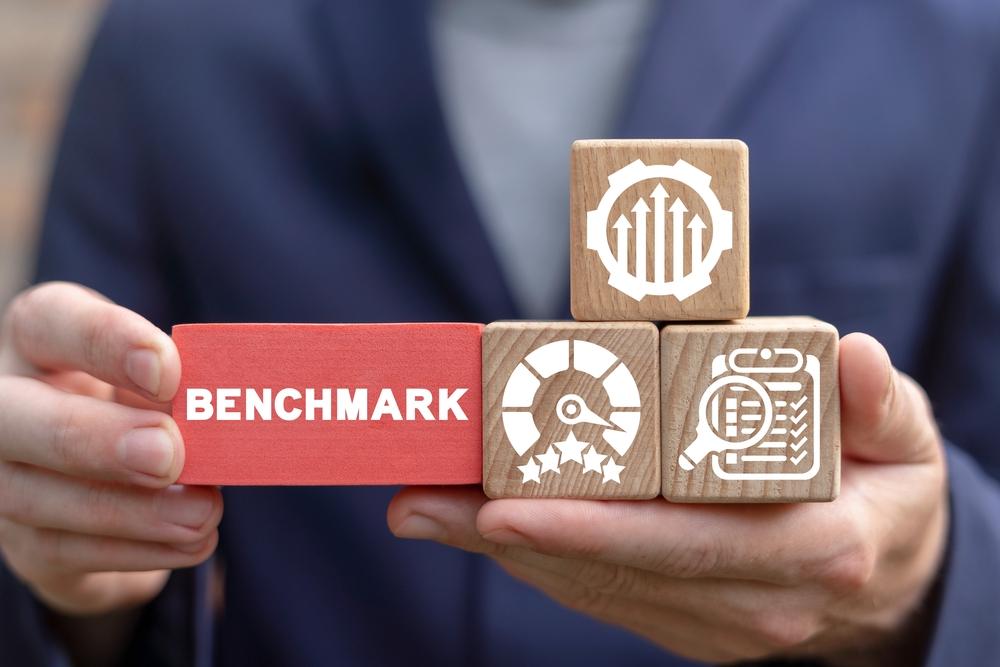


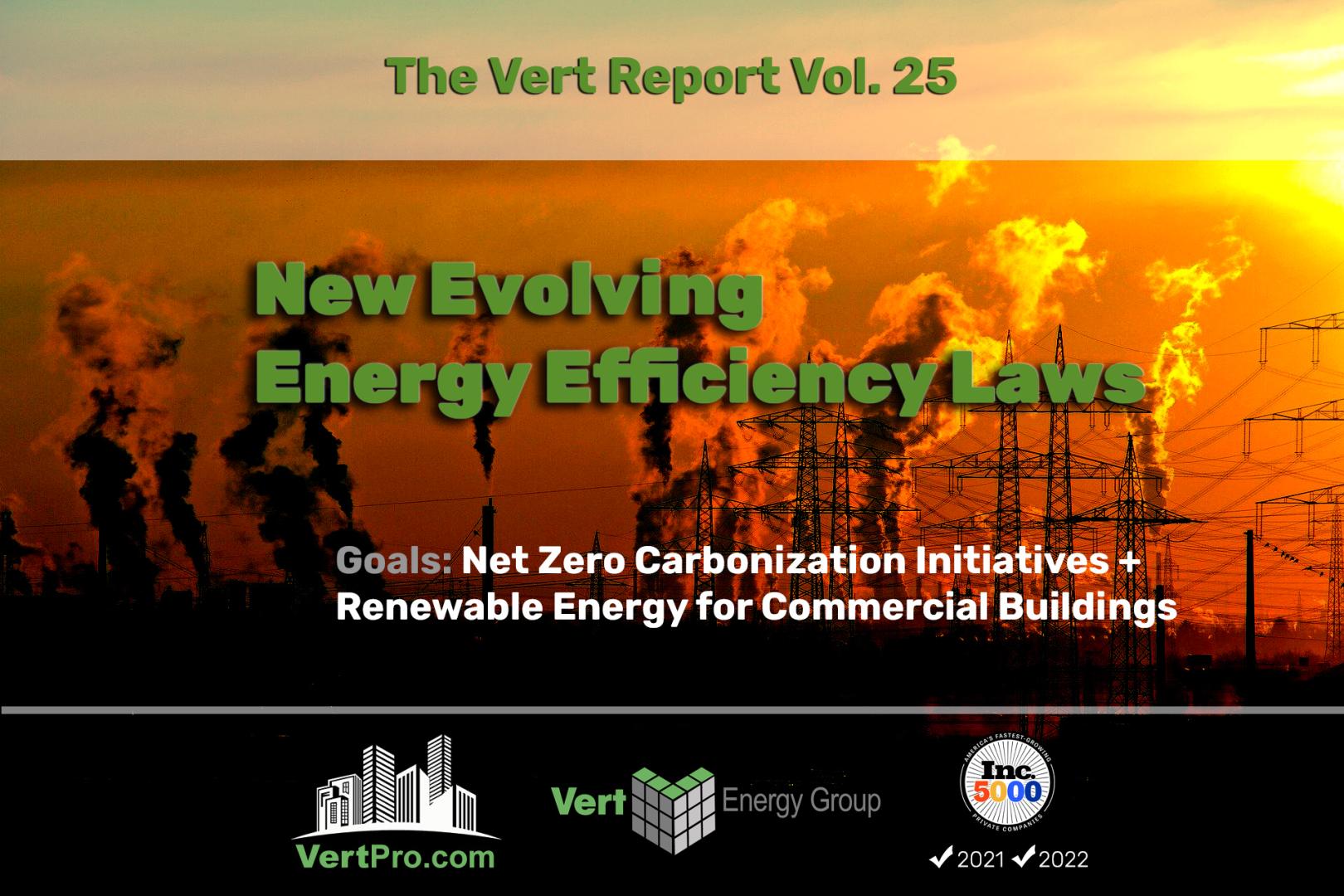
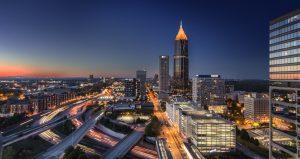 With consistently updating laws and ever-changing regulations, we have compiled a list of important dates and requirements for the upcoming Energy Audit deadlines for Los Angeles, San Francisco, San Jose, Austin, Seattle, Atlanta, Boston, and the state of Washington. Mark your calendars with important dates, and requirements to avoid potential fines/violations.
With consistently updating laws and ever-changing regulations, we have compiled a list of important dates and requirements for the upcoming Energy Audit deadlines for Los Angeles, San Francisco, San Jose, Austin, Seattle, Atlanta, Boston, and the state of Washington. Mark your calendars with important dates, and requirements to avoid potential fines/violations.
 Missed benchmark deadlines can be a costly mistake for building owners. Every year building owners and managers are required to ensure their property is in compliance with their local city or state energy benchmark programs. Many benchmarking programs have penalties, and failure to file can result in written warnings and/or monetary fines. Non-compliance fines can add up quickly, so it is important to be aware of deadlines and the penalties for missing those deadlines. While not all benchmark programs have monetary fines or official warnings, each city and state agency keeps records. These are often made public via a compliance list, to hold building owners accountable and enforce compliance. These compliance lists can be located on your local city or state benchmarking website or by contacting your local programs support line directly.
The following is a complete chart of Benchmark programs with existing penalties for non-compliance:
Missed benchmark deadlines can be a costly mistake for building owners. Every year building owners and managers are required to ensure their property is in compliance with their local city or state energy benchmark programs. Many benchmarking programs have penalties, and failure to file can result in written warnings and/or monetary fines. Non-compliance fines can add up quickly, so it is important to be aware of deadlines and the penalties for missing those deadlines. While not all benchmark programs have monetary fines or official warnings, each city and state agency keeps records. These are often made public via a compliance list, to hold building owners accountable and enforce compliance. These compliance lists can be located on your local city or state benchmarking website or by contacting your local programs support line directly.
The following is a complete chart of Benchmark programs with existing penalties for non-compliance:

 Halloween is a big industry in America. Every year, Americans spend billions of dollars on Halloween costumes, decorations, and candy. The Halloween industry has grown significantly in recent years, and it shows no signs of slowing down. According to the
Halloween is a big industry in America. Every year, Americans spend billions of dollars on Halloween costumes, decorations, and candy. The Halloween industry has grown significantly in recent years, and it shows no signs of slowing down. According to the 
 Search by Zip to Find Applicable Energy Laws
Search by Zip to Find Applicable Energy Laws
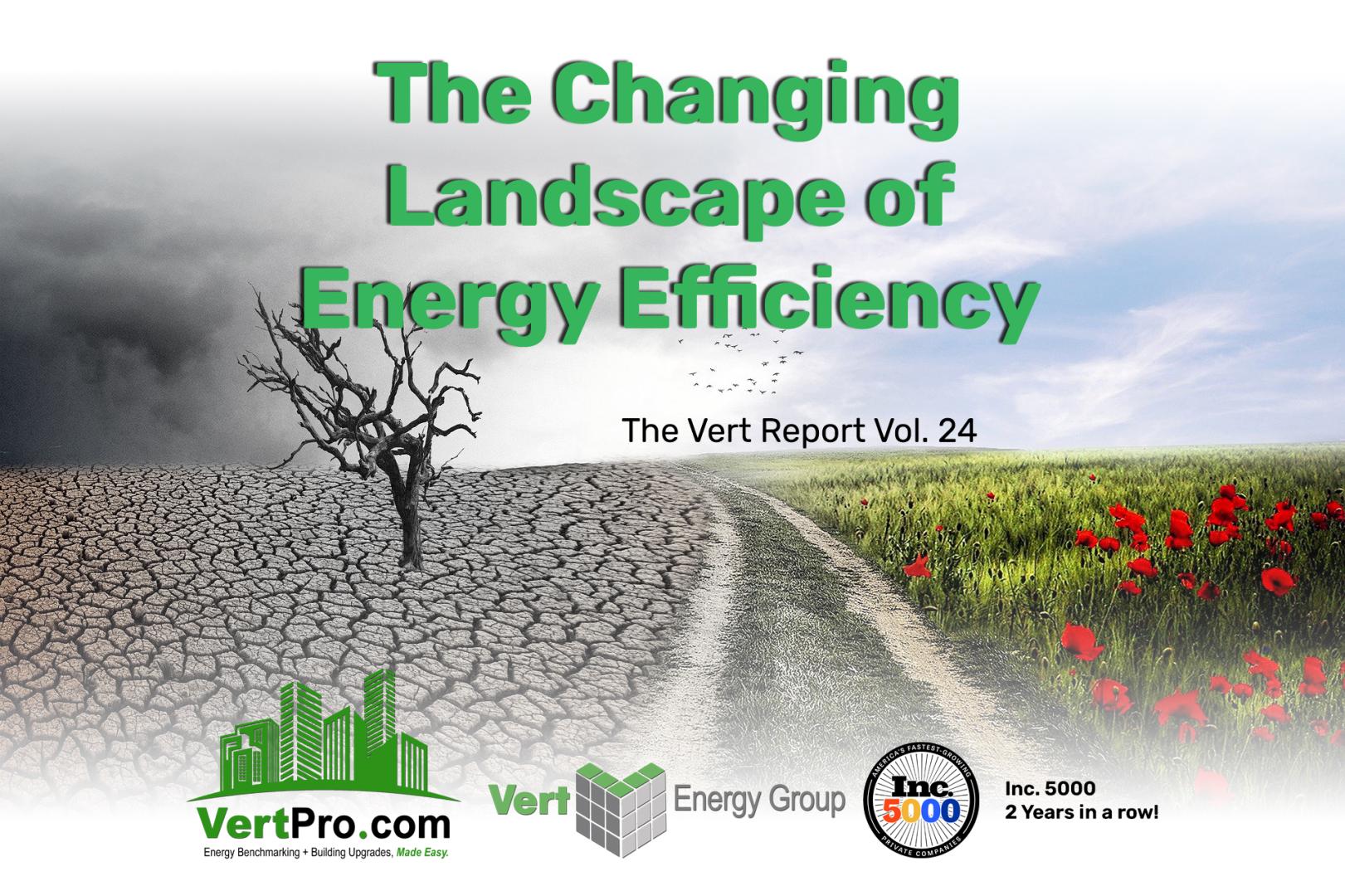

 As more and more states look to benchmarking to improve energy efficiency, several new laws and ordinances are set to go into effect in 2023. These laws will require benchmarking for all commercial buildings over a certain size and will impose penalties for those that do not comply.
While some building owners may see this as a burden, benchmarking can be a valuable tool. It can help identify areas where a building is wasting energy and can also help reduce a building’s energy consumption and be more sustainable. In the long run, benchmarking can save building owners money by helping them make their buildings more efficient.
Not only are new laws and ordinances being implemented, but existing laws are constantly being updated. These updates include lowering the size threshold for buildings covered by the benchmarking requirements, establishing new third-party data verification requirements, requiring the use of whole-building utility data, including aggregate data directly from utilities when applicable, and clarification of violations and the enforcement process.
As more and more states look to benchmarking to improve energy efficiency, several new laws and ordinances are set to go into effect in 2023. These laws will require benchmarking for all commercial buildings over a certain size and will impose penalties for those that do not comply.
While some building owners may see this as a burden, benchmarking can be a valuable tool. It can help identify areas where a building is wasting energy and can also help reduce a building’s energy consumption and be more sustainable. In the long run, benchmarking can save building owners money by helping them make their buildings more efficient.
Not only are new laws and ordinances being implemented, but existing laws are constantly being updated. These updates include lowering the size threshold for buildings covered by the benchmarking requirements, establishing new third-party data verification requirements, requiring the use of whole-building utility data, including aggregate data directly from utilities when applicable, and clarification of violations and the enforcement process.
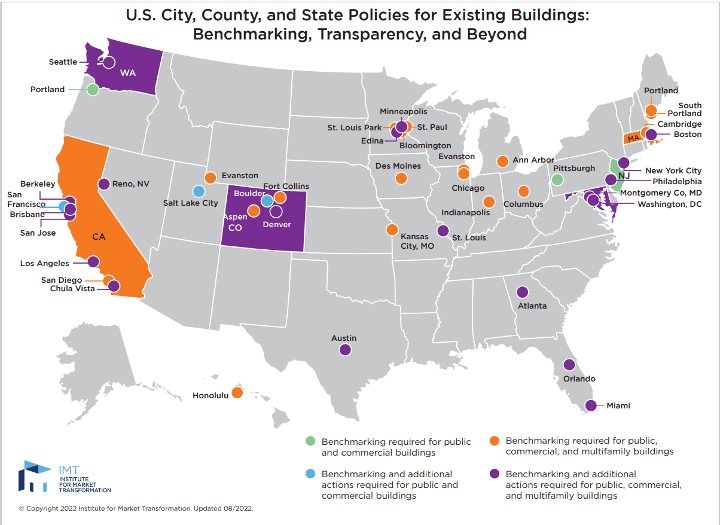 Source:
Source:  In the United States, Labor Day is celebrated on the first Monday of September. It’s a day off for many workers, and a time to enjoy the last few days of summer, but did you know that Labor Day is more than just a day off from work? This American institution has a long and interesting history so let’s take a quick look at the origins of Labor Day and how it’s evolved over the years.
Labor Day has its roots in the labor movement of the late 19th century. At that time, working conditions were often very dangerous, and workers were frequently required to work long hours for little pay. In an effort to improve these conditions, workers began organizing into unions.
In the United States, Labor Day is celebrated on the first Monday of September. It’s a day off for many workers, and a time to enjoy the last few days of summer, but did you know that Labor Day is more than just a day off from work? This American institution has a long and interesting history so let’s take a quick look at the origins of Labor Day and how it’s evolved over the years.
Labor Day has its roots in the labor movement of the late 19th century. At that time, working conditions were often very dangerous, and workers were frequently required to work long hours for little pay. In an effort to improve these conditions, workers began organizing into unions. 
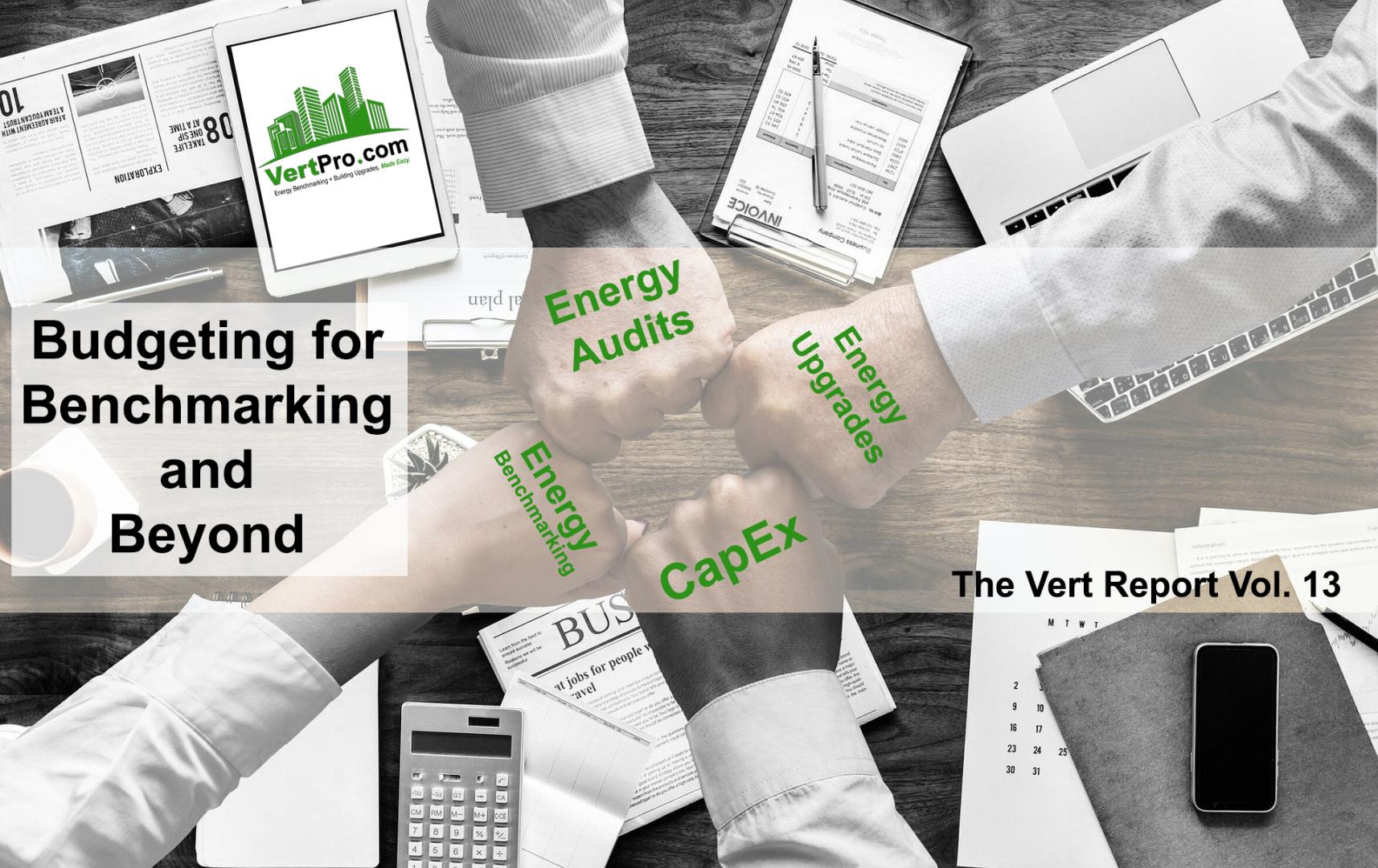
 According to the
According to the 
